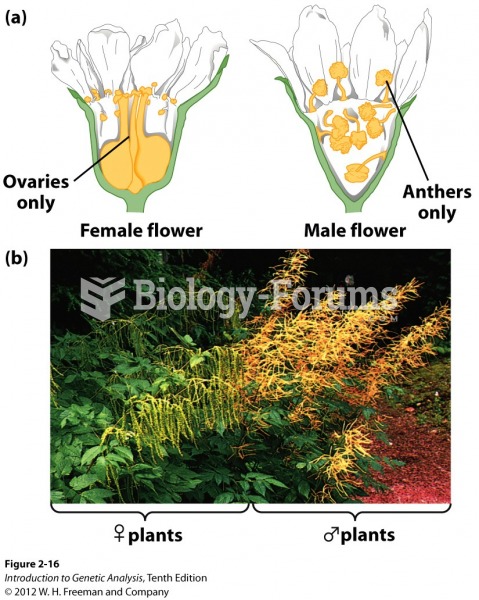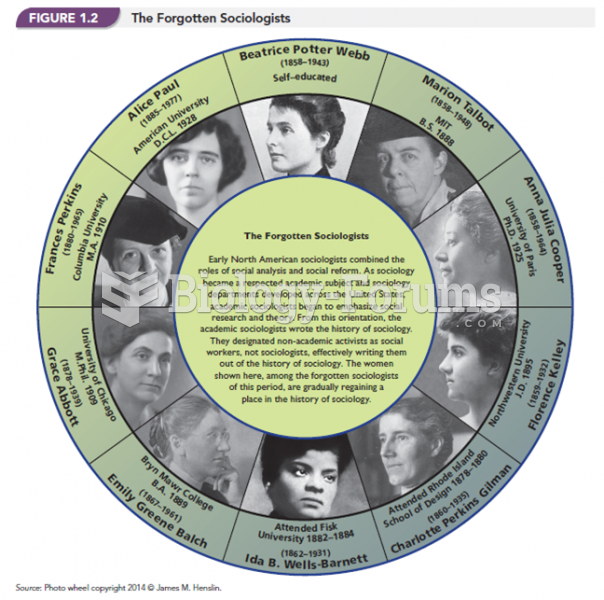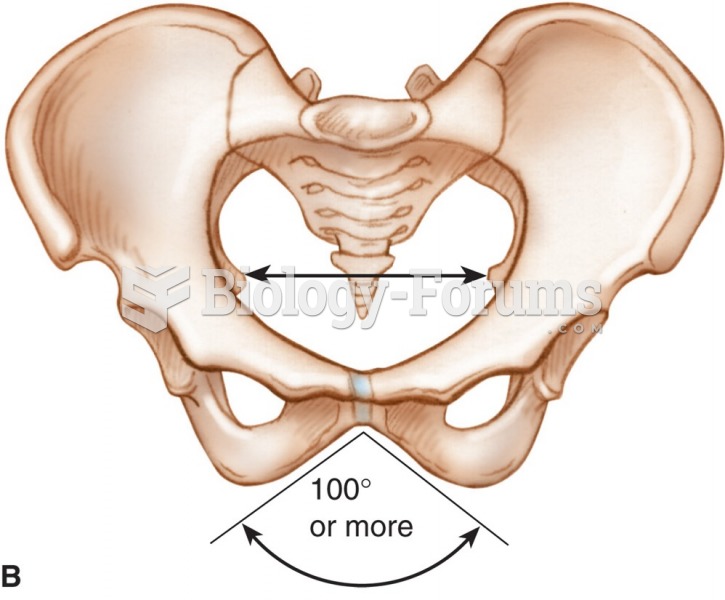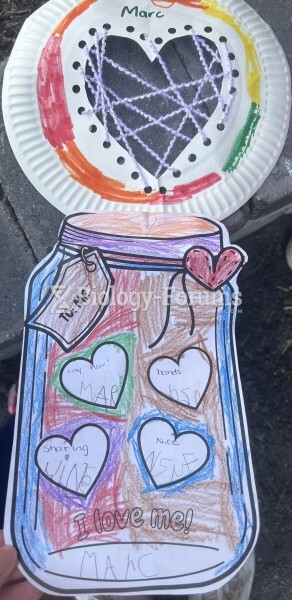Question 1
As a result of the Plague, all of the following occurred EXCEPT ________.
A. cities expanded their power
B. many serfs left the land to work as artisans
C. the value of manufactured items rose
D. guilds welcomed all aspiring newcomers
E. luxury goods were in greater demand
Question 2
Which of the following was NOT a consequence of the Black Death for the church?
A. Services for the dead increased, raising revenue.
B. The ranks of the clergy swelled with those seeking meaningful work.
C. The church received new gifts and bequests.
D. Church landholdings lost value.
E. Although the church received new gifts and bequests, the church landholdings lost value.
Question 3
How were peasant revolts linked to the Black Death?
A. Peasants protested the higher mortality rates among their social class.
B. Peasants revolted against monarchs they felt had displeased God.
C. Peasants assaulted nobles whom they thought had withheld doctors and medicines.
D. Peasants attacked cities that they believed harbored the plague.
E. Peasants rebelled against repressive taxes and legislation meant to help landowners recoup their losses.
Question 4
Among the social and economic consequences of the bubonic plague was a ________.
A. rise in agricultural prices
B. decline in the price of luxury and manufactured goods
C. shrunken labor supply
D. rise in value of the estates of the nobility
E. sustained decrease in urban population
Question 5
What is ironic about this drawing, which accompanied the newspaper article Female Slaves of New York, in portraying the experiences of female workers?
A) It portrays female workers with empathy, although women were actually unwelcome in most
unions.
B) It portrays female workers as hardworking, but few women were actually employed in
industry.
C) It portrays female workers as exhausted, but most women actually worked few hours.
D) It portrays female workers as impoverished, but most working women actually earned good
wages.







